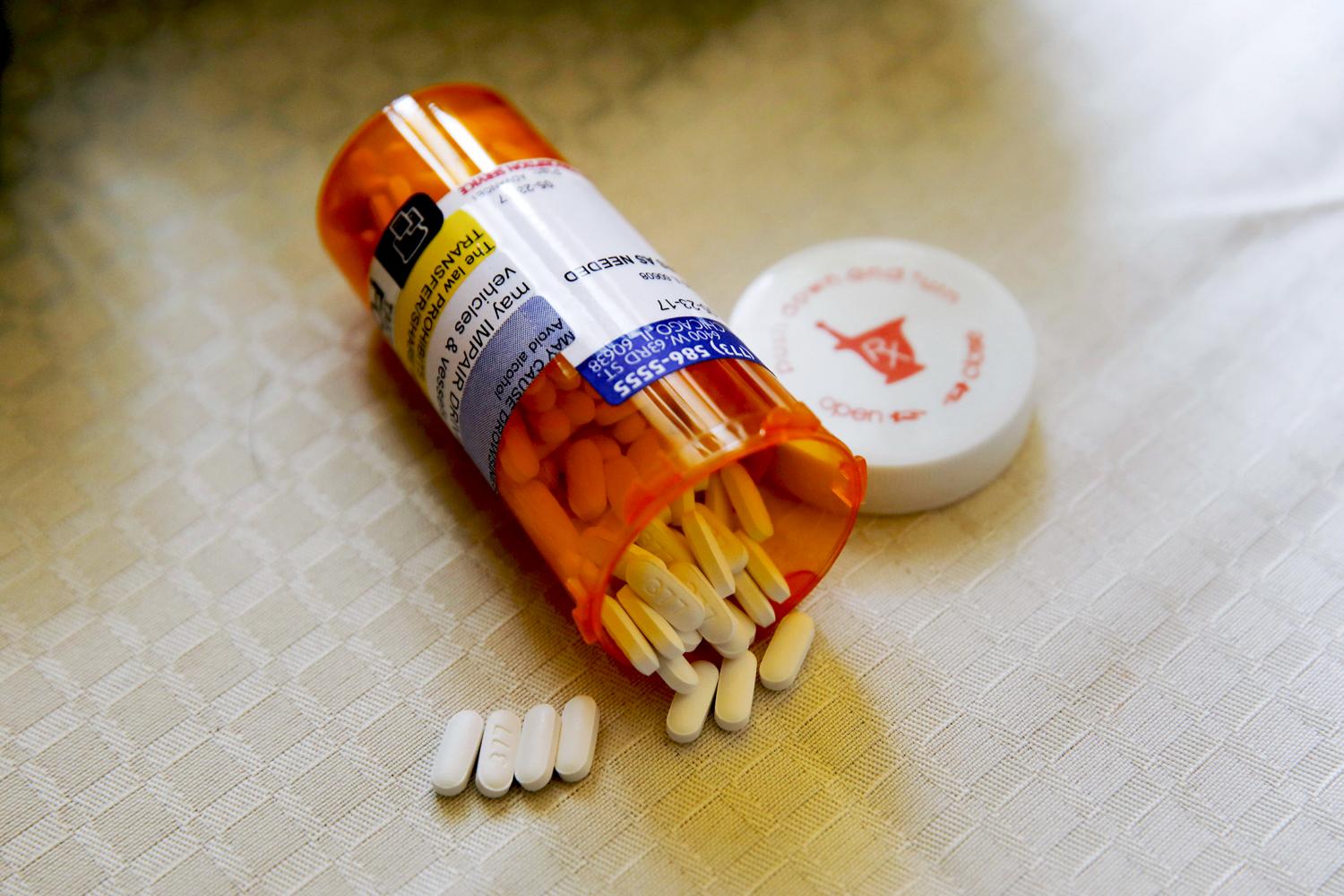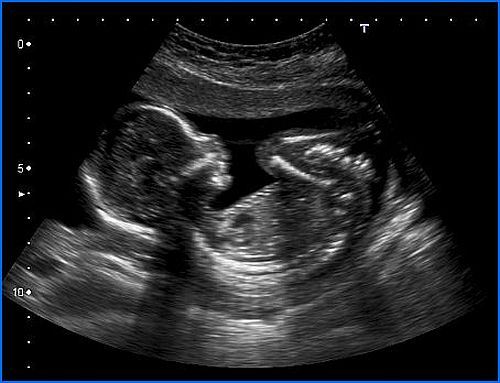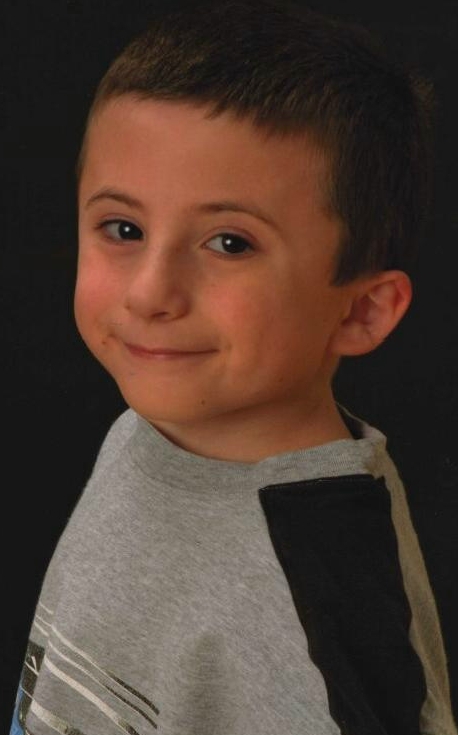It is a rare disease caused by the lack of collagen type I and type II in the bones. This makes bones weak so they can be broken easily.
This disease also is also known as brittle bones disease is inherited; besides it may be diagnosed during pregnancy.
Thursday, 2 November 2017
Symptoms
The classic symptoms include:
- Blue tint to the whites of their eyes (blue sclera)
- Multiple bone fractures
- Early hearing loss (deafness)
- Persons with OI are usually below average height ( short stature)
- Because type I collagen is also found in ligaments, persons with OI often have loose joints (hypermobility) and flat feet.
- Some types of OI also lead to the development of poor teeth.
- Bowed legs and arms
- Kyphosis
- Scoliosis (S-curve spine)
Treatment
There is no cure.
Maintaning a healthy lifestyle by excersing and avoiding smoking can help prevent fractures.
Treatment may include
Maintaning a healthy lifestyle by excersing and avoiding smoking can help prevent fractures.
Treatment may include
- Care of broken bones
 |
| Tramadol |
- Pain medication
- Physical therapy
Physiotherapy is used to strengthen muscles and minimizing the risk of fracture.
- Hydrotherapy is often used for this treatment.
Types
Type I:
TypeII:
Type III:
Type IV:
Type V:It is distinguished by "mesh-like" bone appearance.
Type VI:With the same clinical features as Type IV, it is distinguished histologically by "fish-scale" bone appearance.
- Slight spinal curvature
- blue sclera
- Poor muscle tone
- loose joints
- dentinogenesis imperfecta
- Most cases die within the first year of life due to respiratory failure or intracerebral hemorrhage
- Severe respiratory problems due to underdeveloped lungs
- Severe bone deformity and small stature
- Short stature, spinal curvature and sometimes barrel-shaped rib cage
- Triangular face
- Loose joints (double jointed)
- Discolouration of the sclera (the 'whites' of the eyes are blue)
- Bones fracture easily, especially before puberty
- Short stature, spinal curvature, and barrel-shaped rib cage
- Bone deformity is mild to moderate
- Early loss of hearing
Type V:It is distinguished by "mesh-like" bone appearance.
Type VI:With the same clinical features as Type IV, it is distinguished histologically by "fish-scale" bone appearance.
Atticus Shaffer
He was born in 1998, so he is currently 19 years. He was diagnosed with Osteogenesis type IV, he has inherited Osteogenesis Imperfecta from his mother, who has type I.
He is 1. 42 metres tall and he has broken some of his bones several times. The short height is one of the symptoms of the disease, so he was able to play a five-years younger boy then he is in the show.
Subscribe to:
Comments (Atom)






